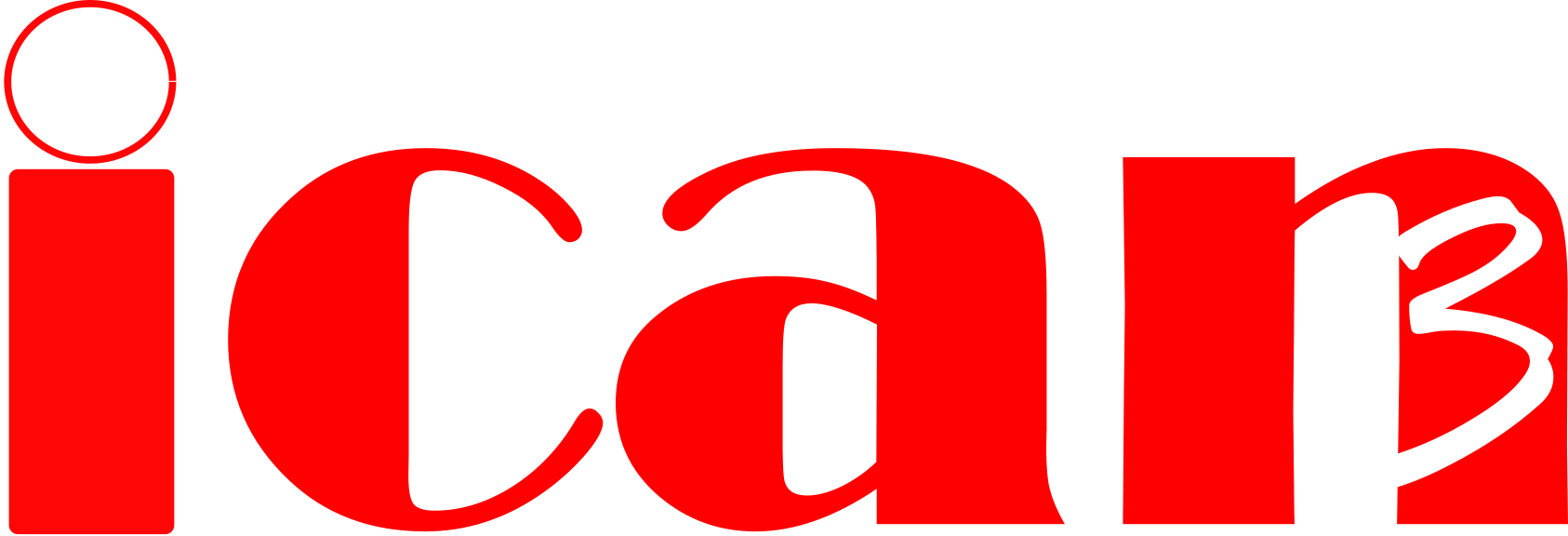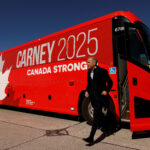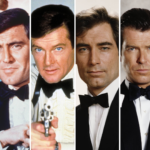By Bradley Akubuiro
Symbolism and subtle messaging are powerful tools to express brand values without being divisive.
The Super Bowl halftime show isn’t just a performance. For years, it has also been treated as a global platform for cultural influence and social advocacy. This year’s performer, Kendrick Lamar—a Pulitzer Prize-winning artist known for his lyricism, depth, and layered storytelling—was widely expected to use the stage to make a grand political statement. His more nuanced performance, however, might have provided key lessons on how to thread the needle for projecting values during the divided cultural moment we’re in.
Lamar has had the type of year that one can’t help but note. In addition to being tapped for the Super Bowl, he also won his beef with the super star Drake, and just recently brought home a total of seven Grammys for his work, making him one of the most awarded rap artists of all time.
A Platform for Cultural Commentary
As the saying goes, “With great power comes great responsibility.”
While some pundits predicted Lamar would rain fire with a powerful political performance, others suggested he might use the opportunity to take a professional victory lap. He may instead have adapted a page from the playbook of another major star on America’s biggest stage.
In 2016, Beyoncé headlined the Super Bowl halftime show in the wake of protests and heightened racial tensions surrounding the police killing of Michael Brown in Ferguson, Missouri. Her dancers wore Black Panther-inspired outfits in a direct homage to militant Black activism. The move was controversial, but applauded by Black viewers who thought it was a bold and courageous way to call attention to the struggle the Black community was facing and continues to face.
When Lamar’s set opened this year in front of more than 100 million viewers, the first voice wasn’t his, but was instead that of “Uncle Sam,” portrayed by Samuel L. Jackson dressed in a star-spangled suit and top hat. Throughout the performance, which included scenes from the streets of Compton, California, where Lamar grew up (complete with streetlights), Uncle Sam continued to tell the rapper to tone it down and to conform.
At one point, Lamar’s crew of black background dancers—all clad in red, white, and blue—came together into a formation which looked like the American flag. Lamar was in the middle, suggesting his place at the crossroads of a divided America, built by Black labor and influenced by Black culture.
The Subtlety of Statement
The symbolism was stark, but somehow relatable to anyone watching. It acknowledged that we are divided but came with no admonitions of any particular side. It showed pride for where he came from and reinforced that he, and all the different factions around him, are part of America as much as anyone else. He said all of this without making a single political statement.
We are in a societal moment where leaders are both persecuted for their values and expected to communicate them anyway. Employees want to know where their employers stand, but what you communicate as your corporate values can get you applauded by some and boycotted or investigated by others.
What Lamar’s performance shows us is that while precarious, it’s not an impossible landing to stick. Here are the top lessons:
Communicate to Build Unity, Not Division
People are exhausted by division. In this divided political environment, brands that focus on common values rather than ideological differences appeal to a broader audience.
At the height of the pandemic, JPMorgan CEO Jamie Dimon wrote a shareholder letter focused on “economic resilience and inclusive recovery.” At a time when businesses and communities were in turmoil, his note positioned JPMorgan as a stabilizing force, emphasizing investment in workforce development, small businesses, and underserved communities.
The tone was right and won the company trust with both policymakers and customers during a turbulent time.
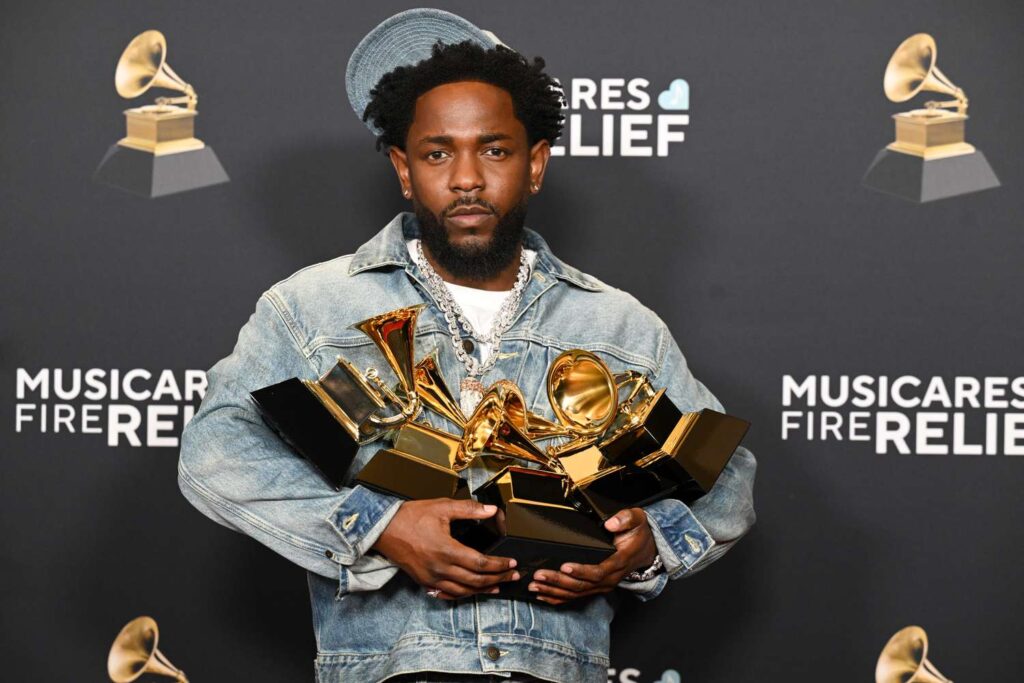
Use Powerful Imagery to Make Statements That Don’t Require Words
In a world where words are frequently twisted and weaponized, visual symbolism is harder to co-opt than direct political language. It allows the audience to interpret the message in a way that resonates with them personally.
Since 2004, Dove’s “Real Beauty” campaign has done this masterfully.
In a world where unrealistic beauty standards dominated, Dove showcased a diverse group of real women instead of solely supermodels. This simple visual shift challenged an entire industry by welcoming more people and not pushing anyone away.
The result? A significant increase in brand loyalty and the creation of an entire movement around real beauty.
Align Societal Progress With Your Core Business Strategy
Advocacy is most effective when it’s directly tied to your company’s mission. Consumers are skeptical of brands that take stances without a clear connection to business strategy.
One of my clients, Levi Strauss, understood this implicitly when it launched its “Buy Better, Wear Longer” campaign in 2021.
As part of its sustainability efforts, Levi’s launched a campaign encouraging customers to buy fewer, higher-quality items and extend the life of their jeans.
The message aligned seamlessly with Levi’s broader goals of reducing waste and promoting sustainable fashion, and it allowed consumers to make a values choice when buying without being sanctimonious.
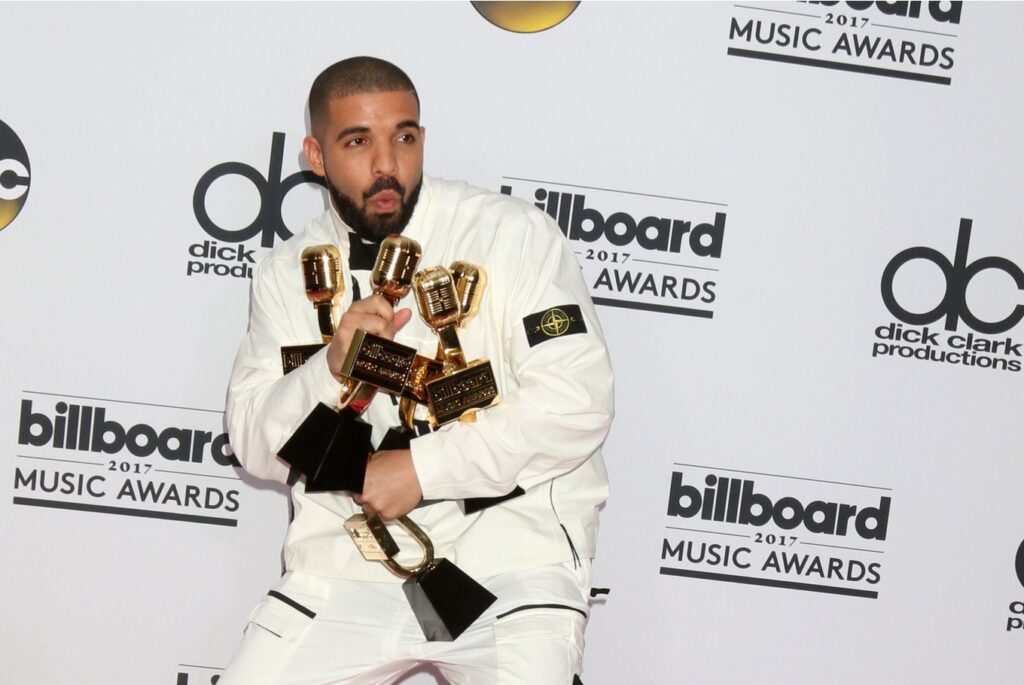
Immerse Fully With the Communities You Claim to Support
Throughout his performance and his work over the past year, Lamar attempted to draw a stark distinction between himself and other rappers, like Drake, by showcasing his authentic roots in West Coast Black American culture, and it resonated deeply by virtue of its authenticity. Regardless of the issue, consumers respect brands that are genuinely invested. A one-time ad campaign or statement isn’t enough. Long-term actions define credibility.
Business Leaders as Cultural Communicators
Just as Lamar and Beyoncé used symbolism in their performances to shape culture, business leaders should approach their communications and marketing efforts not only as tools for business efficacy but also as cultural artifacts.
Say it without saying it.
At a moment when our world is deeply divided, brands that define their values authentically, in a way that respects and demonstrates a connection to the values (not fears) of those around us, will be the ones that win in this era.
This is as true for Chik-fil-A as it is for Patagonia.
Lamar’s Super Bowl performance is a masterclass in communicating values in this era. Business leaders should take note.
This post originally appeared at inc.com.
